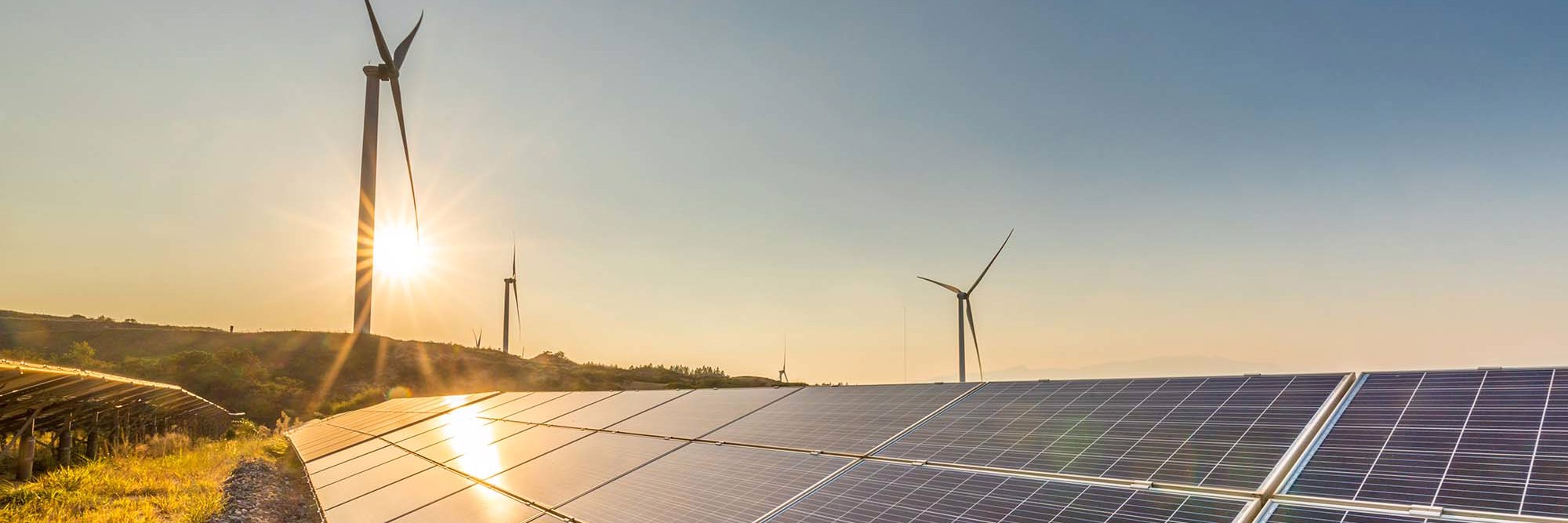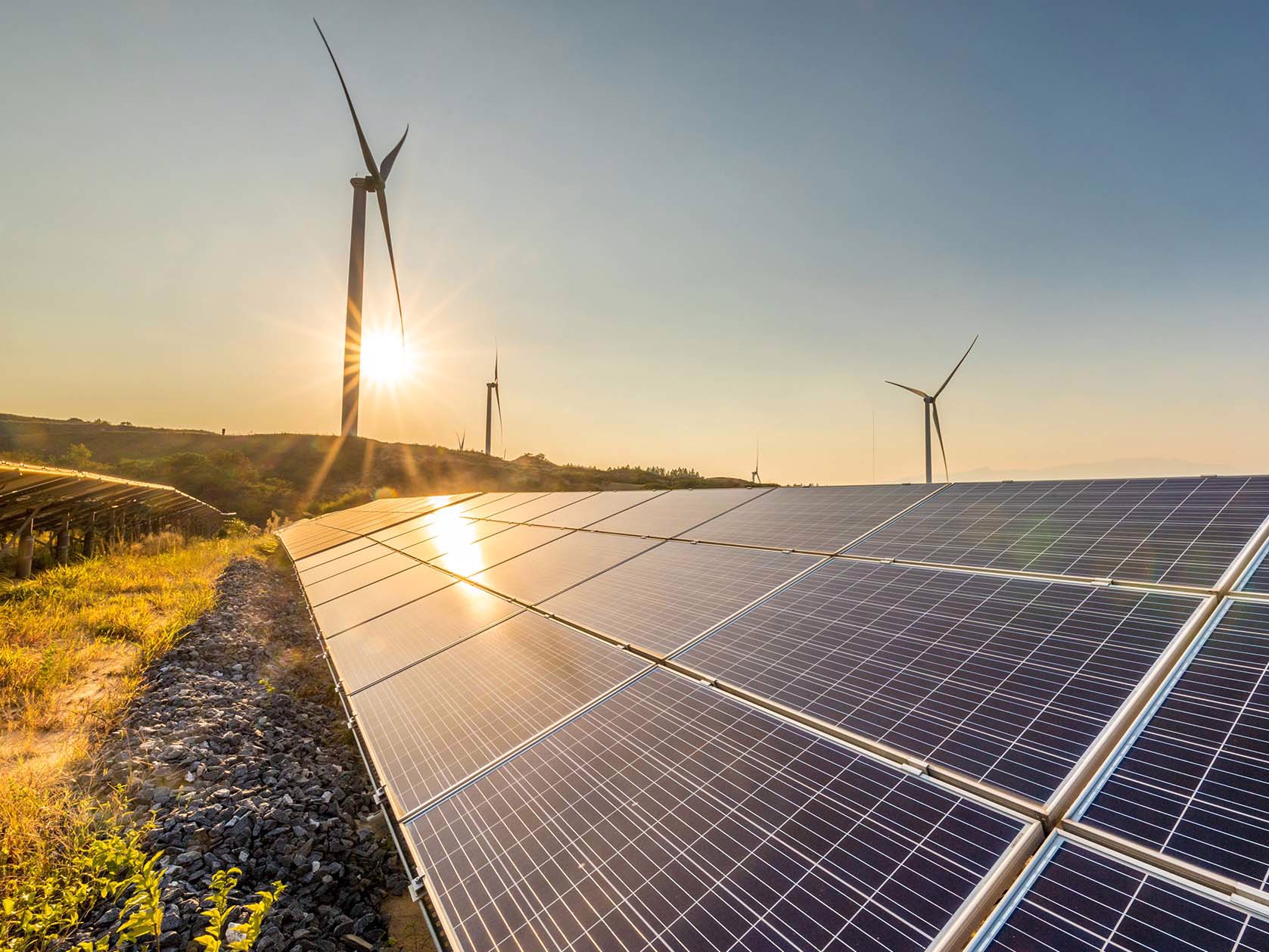Recent reports that the Government will review the oil and gas decommissioning regime imposed under the Crown Minerals (Decommissioning and Other Matters) Amendment Act 2021 begs the question whether the process of decommissioning a renewable energy project in New Zealand should be under more scrutiny.
Co-leads of our energy sector group, Partner Scott Thompson and Senior Associate Natasha Hood attended Aon’s 2nd Renewable Energy Forum in Sydney earlier this month, where they gained some interesting insights on decommissioning bonds for renewables projects, some of which we share below.
What are the potential risks when decommissioning?
The expectation is that at the end of a renewable project’s operating life, the project’s assets and infrastructure will be fully decommissioned. This would involve all turbines, arrays, batteries, and other infrastructure being removed from the underlying property. The responsibility for decommissioning activities sits with the project owner. However, what happens if the project owner defaults, abandons the project, or becomes insolvent? The owner of the underlying land may be unable to fund the decommissioning and/or recover any costs from the project owner.
Depending on the type of renewables project, the costs involved could be significant. For example, the Office of the Australian Energy Infrastructure Commissioner has reported that wind farm decommissioning plans are estimating costs of AUD400,000 to AUD600,000 per turbine, while the removal of a structurally unstable turbine could cost millions of dollars. The Commissioner has also surmised that it is possible that the cost to decommission a turbine could be equal to or greater than the total income generated for the landowner over the project’s life.[1]
Resource consents granted for a project may contain conditions that impose statutory obligations on the holder in respect of decommissioning, but this will not directly provide the relevant landowner with readily available funds to carry out decommissioning and reinstatement works if the project owner is unwilling or unable to do so.
A matter for the landowner to negotiate?
On-shore wind, utility-scale solar, and battery storage projects are typically carried out on private land and where that land is owned by a third party who is not the project owner, the landowner will have a vested interest in the infrastructure being removed and the land “made good” at the end of the project’s life. Consequently, in some jurisdictions it is common for the landowner to require financial assurance from a project owner to secure the performance of its decommissioning obligations.
In Australia, the NSW Government has published its view that if a financial assurance (a bond) should be held for a project, then the host landownershould require and hold it, not the NSW Government, and it is essentially a commercial matter between the project owner and the landowner.[2] However, as we learned at Aon’s Renewable Energy Forum, it may be difficult to obtain surety bonds for decommissioning in the Australia/New Zealand market at the present time.
As an alternative, some project owners agree to make ongoing deposits into a trust to fund decommissioning of the asset. However, project owners generally commence making these payments in the later years of the project and landowners will need to weigh up consideration of when revenue may be available to the project owner to make such deposits (e.g., after construction debt has been paid down) versus the risk that the project owner cannot source sufficient funds in the declining years of the asset.[3]
Thank you to Aon for the insights on decommissioning bonds for renewables projects that were shared at Aon’s 2nd Renewable Energy Forum in Sydney, March 2024.
As more renewable energy projects are added to New Zealand’s pipeline, we expect decommissioning to become an important topic both for developers and landowners. Please get in touch with one of our energy experts if you would like to know more.
Footnotes
[1] 2022 Annual Report of the Office of the Australian Energy Infrastructure Commissioner, Commonwealth of Australia 2022, p.37
[2] See Large-Scale Solar Energy Guideline FAQ, NSW Government Department of Planning and Environment
[3] 2022 Annual Report of the Office of the Australian Energy Infrastructure Commissioner, Commonwealth of Australia 2022, p.37








